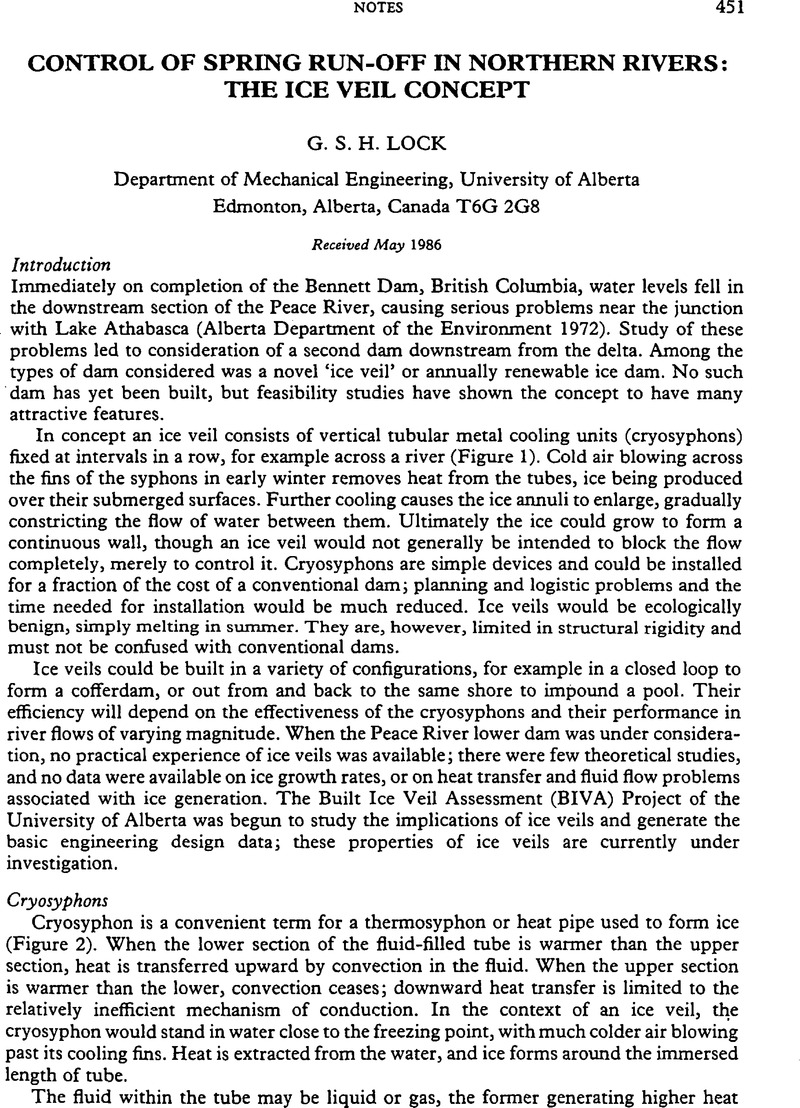Crossref Citations
This article has been cited by the following publications. This list is generated based on data provided by Crossref.
Minhas, Harpal
and
Lock, G.S.H.
1997.
Forced convection in an air-filled bayonet tube during the laminar-turbulent transition.
International Journal of Heat and Mass Transfer,
Vol. 40,
Issue. 8,
p.
1885.


